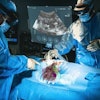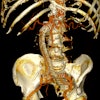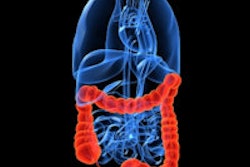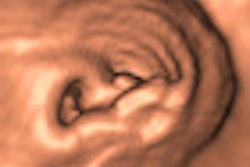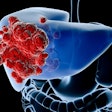Patients signing up for breast or colon cancer screening should have a minimum remaining life expectancy of at least 10 years to boost the chances of benefiting from the exams and overcoming their inherent risks, say researchers from the University of California, San Francisco (UCSF) in an article in BMJ.
Screening leads to benefits by finding asymptomatic cancers at an early stage that would have caused symptoms or death years later, the study team wrote. This means that screening is unlikely to benefit those without a sufficiently long expected lifespan to realize the potential benefits, such as a mortality reduction observed in randomized screening trials, according to Dr. Sei Lee and colleagues (BMJ, January 8, 2013).
"Incorporating time-lag estimates into screening guidelines would encourage a more explicit consideration of the risks and benefits of screening for breast and colorectal cancer," they wrote.
To assess the benefit for mammography, the group looked at five high-quality breast cancer screening trials in the U.S. and Sweden, combining the results into a single study. For colorectal cancer, Lee and colleagues combined four colorectal screening trials for fecal occult blood testing (FOBT) rather than colonoscopy or other methods because the methodological rigors of such trials had not been sufficiently validated, they stated.
In the breast cancer screening arm, the researchers found that three years were needed before one death from breast cancer was prevented for 5,000 women screened, and 10.7 years were needed before one death was prevented for 1,000 women. For colorectal cancer, 4.8 years were required before one death from colorectal cancer was prevented for 5,000 patients, and 10.3 years were needed before one death was prevented for 1,000 patients screened.
Studies suggest that approximately 10% of patients screened with FOBT will experience a false-positive result, similar to the number of women with a false-positive breast screening result, Lee and colleagues noted.
"As a result, an absolute risk reduction of one in 1,000 is probably a reasonable threshold where the potential benefit likely outweighs the potential risks for most patients," they wrote.

